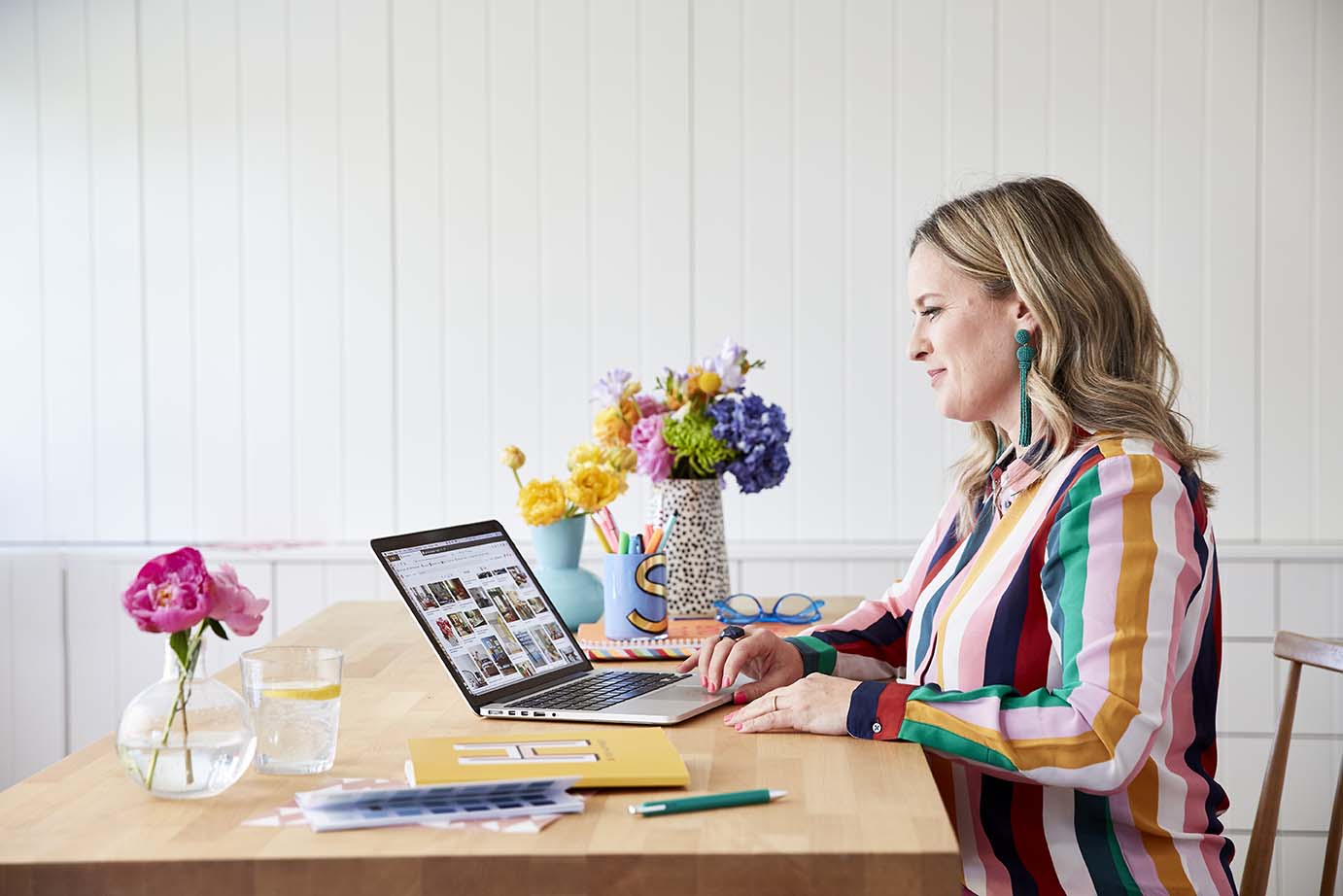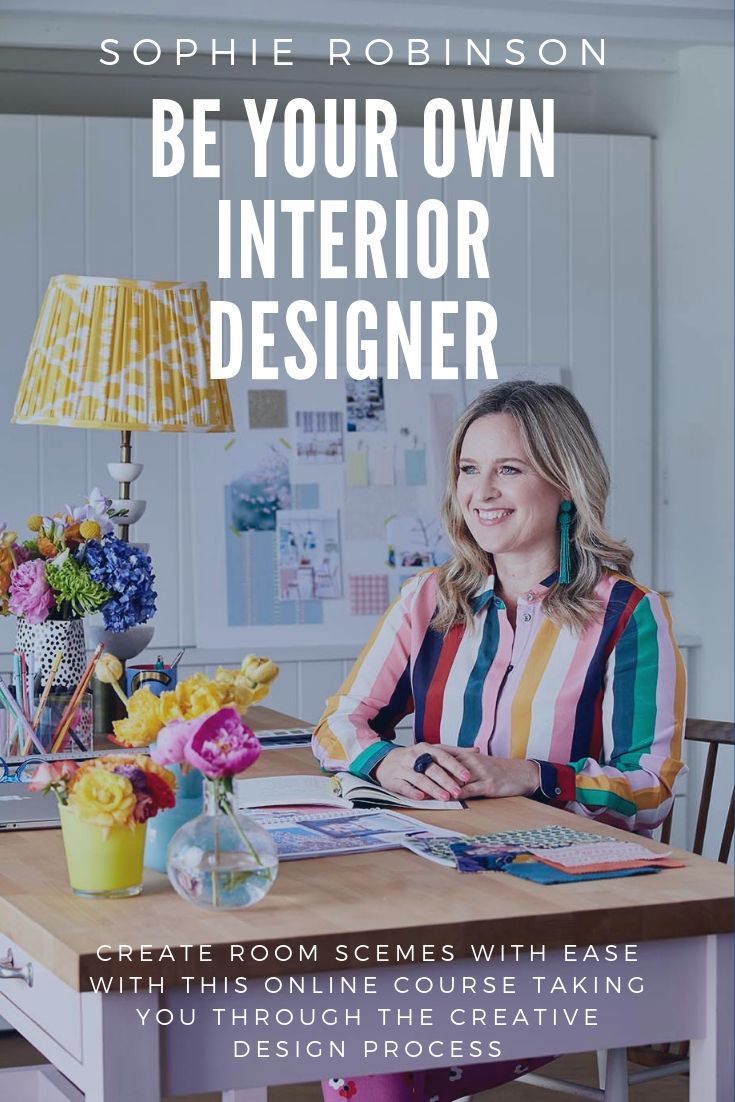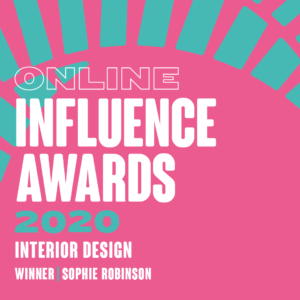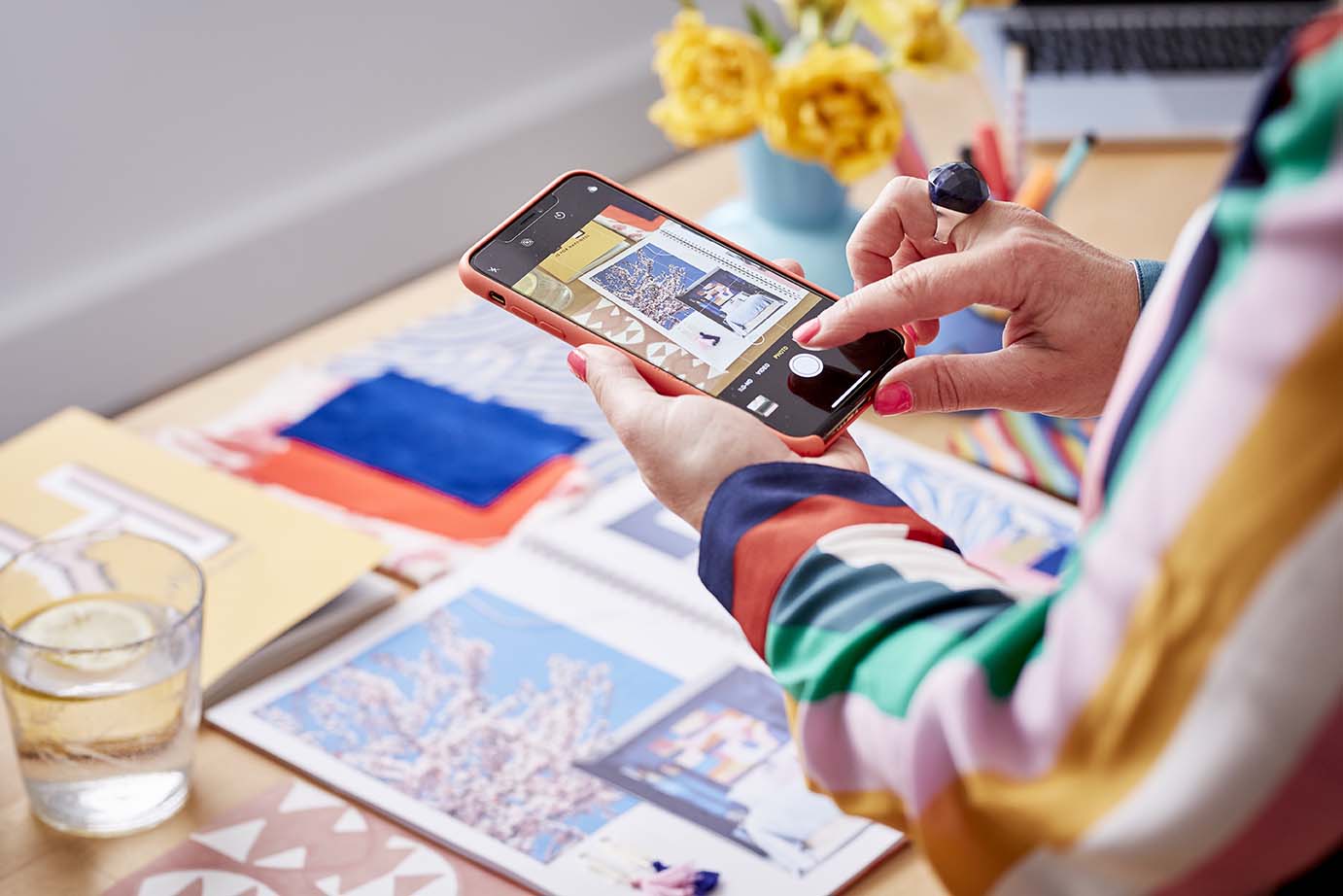Why you need to be your own interior designer

Since the turn of the last century, people have become more and more passionate about the space they live in and decorating them in a style that makes them feel good, and I think our love of interior design might just be reaching fever pitch! Last weeks post, about the new research on home happiness, confirmed what I have been saying all along. That having a home you love, that is a reflection of your style and your identity, is the ultimate goal in design.
However, for this, you have to stick your neck out and dare to be different. While the magazines and famous Instagram accounts can inspire you, you can’t just copy them. (Well you can, but that it always looks shallow and feels disappointing, wouldn’t you agree?). You need to put the work in for yourself. What do you like, what lifts you up? And then find out how to make it work in your home!
Last week saw the launch of my first ever interior design online course, Be Your Own Interior Designer, and it was pretty monumental! The number of sign-ups I had on launch completely blew me away and exceeded my expectations. But it also cemented what I knew, that people need a structure, a process to follow when pulling a room scheme together. Designing a room, let alone a whole house is a huge undertaking and a feeling of overwhelm can soon kick the fun out of it.
And it should be fun! I see designing our homes as a fabulous opportunity for a creative outlet. You get to play with colours, fabrics and textures. It’s satisfying hunting out the perfect pieces for your new scheme or recovering, painting or upcycling your existing pieces. And the sense of satisfaction and achievement when it all comes together is just one of the best feelings in the world. But also the feeling of getting it wrong can weigh heavy. One of my pieces of decorating advice has always been to feel the fear and just go for it. This is because I think if you don’t follow your heart you will always be left with that dull feeling of disappointment. The room will never feel as bold or unique as you hoped it would from the onset.
But decorating is expensive and there is quite rightly a lot of concern about getting it right. Through my online course and my Ban the Beige workshop, my mission is to help people uncover their sense of style and their own unique colour palette. Not one merely lifted off Pinterest or Instagram but one that suits your tastes, your home and your lifestyle. Colour is massively emotive and a huge topic in its own right. But when you discover the nuances it can really help you make a house feel like home. You can discover your own sense of colour in lots of ways. Through examining the pictures you collect on Pinterest or your favourite Instagram accounts, you can analyse the clothes you love to wear or the décor of your favourite spaces like cafes and hotels. A big part of being your own interior designer is thinking like one and constantly immersing yourself in design. You don’t need to go to fancy design shows to do this. Colour and design inspiration is everywhere. It’s in nature, in our public spaces and in our wardrobes. Seeing, clocking and then recording our ideas and inspiration is where being your own interior designer really starts.
With all this taken into consideration, you really are the best person qualified to know what your home should look like. My interior design online course gives you the process to work from. It keeps you on track, keeps your focused and makes it fun along the way. If by the end of it you feel a qualified designer would be a wise investment, after all, you’ve at least done the groundwork in order to brief them fully, so they can do the best design that’s a fit for you. After all, it’s your home, and when you get it right it’s just the best place to be!
Five tips to keeping your design project on track
1. Get your eye in
Document what you love across design, fashion and art and build up a portfolio of images either on your phone or using an app like Instagram or Pinterest. This way you get to discover your own unique sense of style
2. Write your brief
This is the foundation for any project and will help you stay on track as you refer back to it again and again. Identify how you want the room to feel, to look and any practical considerations.
3. Get into mood boarding
Use these images to produce considered and curated mood boards. I do mine in an A3 sketchbook and they only take me about half an hour. Keeping a sketchbook of ideas on the boil is a great way to document your design journey and identify your ideas; what works and what doesn’t work for you
4. Do a measured plan
A measured plan of your room allows you to work out the furniture layout which then goes on to determine the electrical layout, lighting and joinery. It also gets you clear on what you can bring back into the room or identify what you need to source. A well-planned room should feel spacious and organised.
5. Draw up a product list and budget
Once you have your room plan you can write up a product list. This is a list of all the elements that need to go into that room from wall coverings to furniture to accessories. You can also use this list to manage your budget.
6. Sanity check
Before you press go on ordering anything, call in as many swatches of fabrics, paints and furnishings and make sure they all sit next to each other happily. And refer back to your brief and mood board and make sure the vision of your room is being realised in the choices you have made.
My interior design online course, Be Your Own Interior Designer- The Creative Process is available to own here. You can complete it in your own time from any country and it’s yours to keep for life. There is a special launch promotion on for the month of June, so you can enjoy £50 off until July 1st 2019.
A special thanks to Alun Callender for the photography


















 Watch as I layer some of my
Watch as I layer some of my 
